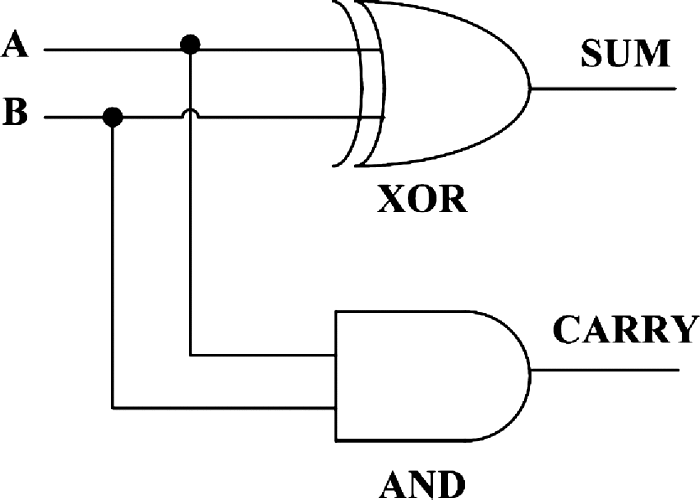A one-dimensional array with elements of type reg is also called a memory. These memories can be used to model read-only memories (ROMs), random access memories (RAMs), and reg files. Each reg in the array is known as an element or word and is addressed by a single array index.
Array declarations examples:
Array declarations examples:
reg [7:0] mema[0:255]; // declares a memory mema of 256 8-bit // registers. The indices are 0 to 255
integer inta[1:64]; // an array of 64 integer values
Assignment to above array elements-
mema = 0; // Illegal syntax- Attempt to write to entire array
arrayb[1] = 0; // Illegal Syntax - Attempt to write to elements // [1][0]..[1][255]
arrayb[1][12:31] = 0; // Illegal Syntax - Attempt to write to // elements [1][12]..[1][31]
mema[1] = 0; // Assigns 0 to the second element of mema
arrayb[1][0] = 0; // Assigns 0 to the bit referenced by indices // [1][0]
inta[4] = 33559; // Assign decimal number to integer in array
chng_hist[t_index] = $time; // Assign current simulation time to element addressed by integer index
